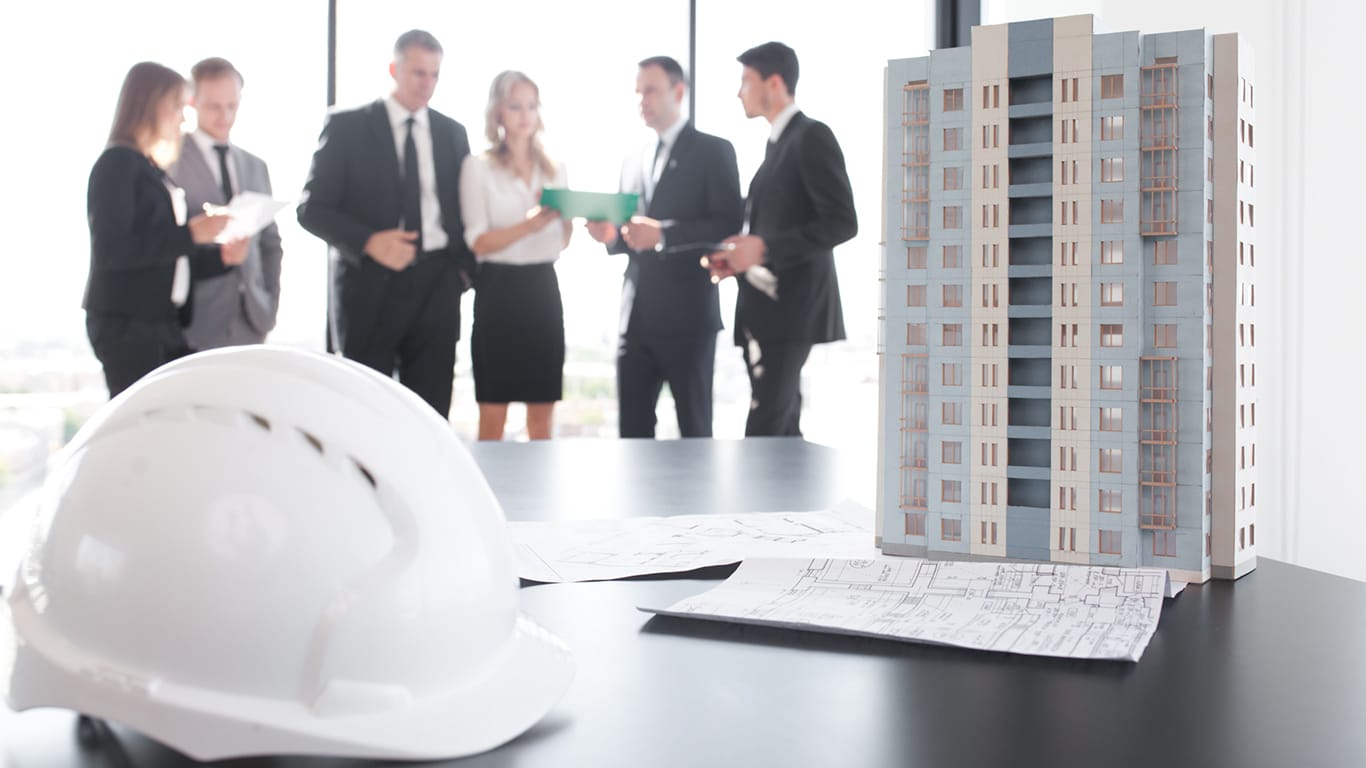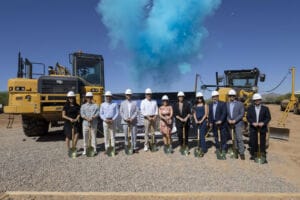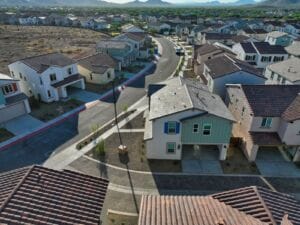Introduction
In the dynamic world of real estate development, achieving commercial success while positively impacting the community remains a critical challenge. Successful developers understand that the true value of a real estate project is not only measured in financial returns but also in its contribution to the community’s well-being. This article explores how developers can strike a balance between these objectives, creating profitable projects that also serve as assets to the community.
Understanding the Dual Objectives
Real estate development is fundamentally about meeting needs—both economic and social. On the one hand, developers seek to maximize returns on investment through commercial success; on the other, there is a growing responsibility to deliver projects that improve the quality of life for residents and contribute positively to the surrounding area. Acknowledging these dual objectives is the first step towards achieving a balance that benefits both the developer and the community.
Community Engagement: A Core Strategy
Engaging with the community early and often is crucial in aligning a project’s goals with the needs of local residents. This engagement can take various forms, such as public meetings, surveys, and collaborative planning sessions, which help developers gather valuable input that can shape the project’s direction. By incorporating community feedback, developers can ensure that their projects not only add commercial value but also address local concerns and needs, such as public spaces, environmental conservation, and infrastructure improvements.
Economic Benefits with a Social Twist
One of the most straightforward ways to balance commercial and community interests is through the development of mixed-use properties. These projects combine residential, commercial, and sometimes cultural or educational facilities into a single, integrated space. Mixed-use developments can drive economic activity while providing essential services and amenities to the community. For instance, a development that includes housing, a grocery store, and a community center can become a hub of daily life, enhancing both the local economy and the residents’ quality of life.
Sustainable Development Practices
Adopting sustainable building practices is another key aspect of balancing commercial success with community impact. Green buildings use less energy, reduce carbon emissions, and are generally healthier places to live and work. Moreover, they often command higher rental rates and property values, appeal to environmentally conscious tenants and buyers, and reduce operational costs in the long term. From rainwater harvesting systems to solar panels and energy-efficient appliances, sustainable practices can make real estate projects more attractive both financially and socially.
Transparency and Trust Building
Transparency in planning and execution builds trust between developers and the community. By openly sharing plans, challenges, and successes, developers can foster a sense of involvement and ownership among local residents. This transparency extends to addressing potential negative impacts, such as increased traffic or environmental disruption during construction, and how these issues will be mitigated. Trust is crucial for the long-term success of any development project, as it leads to stronger community support and smoother project implementation.
Long-Term Investment in the Community
Developers can demonstrate their commitment to community impact by investing in long-term initiatives that go beyond the completion of a building project. Examples include scholarships for local students, funding for community art programs, or support for small businesses. These investments help sustain the community’s growth and vitality, creating a positive feedback loop that enhances the area’s appeal and, consequently, the value of the development itself.
Measuring Impact and Adjusting Strategies
To genuinely balance commercial success with community impact, developers need mechanisms to measure the effectiveness of their strategies. This might involve tracking economic indicators like job creation and local business growth, as well as social metrics such as resident satisfaction and community participation in events and programs. Regularly reviewing these metrics allows developers to adjust their strategies to better meet community needs while ensuring commercial viability.
Conclusion
Balancing commercial success with community impact requires a thoughtful, strategic approach that considers both the financial objectives of real estate development and its potential to contribute positively to the lives of those it touches. By engaging with the community, implementing sustainable practices, building trust through transparency, and investing in long-term community benefits, developers can create projects that are not only economically successful but also cherished parts of the local landscape. In the end, the most successful developments are those that enhance their communities, proving that commercial success and positive community impact can go hand in hand.




